Sphynx Cats and Other Pets: Tips for Smooth Integration
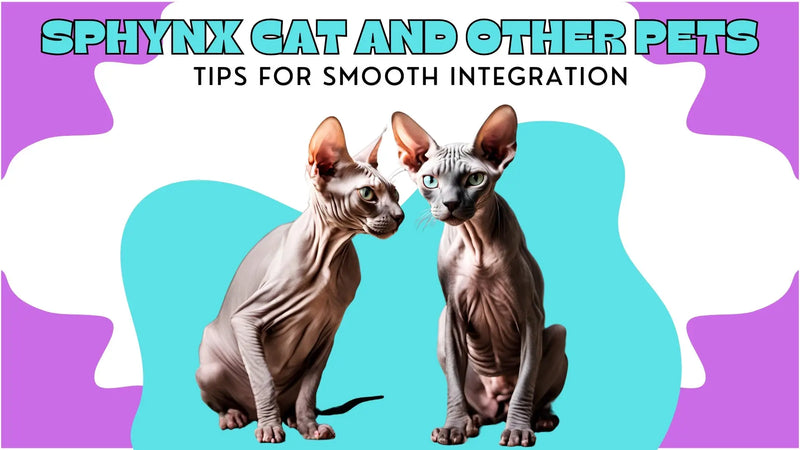
Sphynx Cats and Other Pets
Bringing a Sphynx cat into a home with other pets is an exciting but delicate process. This breed, known for its hairless appearance and warm, affectionate personality, thrives in social settings. However, to ensure a smooth transition, you'll want to follow some steps that account for the needs of your Sphynx and the other animals in your household.
What Makes a Sphynx Unique?
Unlike other cats, Sphynx cats are not just visually distinct; their personalities set them apart too. They're extremely sociable, outgoing, and crave constant human interaction. Their friendly and adaptable nature makes them well-suited to multi-pet households, but it's important to take their needs into consideration when introducing them to new companions.
Know what makes them unique in our blog, The Unique Beauty of Sphynx Cats: A Comprehensive Guide.
Preparing Your Home
Set Up Separate Spaces:
Before any introduction, it's wise to create individual territories for your Sphynx and your current pets. This helps them adjust at their own pace and gives them a place to retreat if they feel stressed. Each pet should have access to their own food, water, and rest areas to prevent territorial disputes.
Learn with our guide on how you can make start Creating a Comfortable Home for Your Sphynx Cat.
Gradual Introductions are Key
Controlled First Meetings:
Introducing a Sphynx cat to other pets should always be done in a controlled, neutral environment. Use barriers like crates or baby gates initially, so they can observe each other without the risk of physical confrontation. Gradually increase their interaction time as they become more comfortable.
Supervised Interaction:
As they get more used to each other’s presence, allow them supervised time together. Be sure to monitor their body language—if you see signs like hissing, growling, or stiff postures, it may be time to step back and slow down the process.
Monitoring Behavior and Addressing Issues
Be Patient:
Each pet has its own timeline for adjusting, so patience is crucial. Keep an eye on all animals involved and look for signs of stress like changes in appetite, behavior, or posture. Celebrate small wins when the pets tolerate or even start interacting positively with each other.
Addressing Problems:
Conflicts may still arise, even with a well-planned introduction. If you notice ongoing aggression or unease, consult a professional animal behaviorist for advice tailored to your situation.
Final Thoughts
With the right approach, a Sphynx cat can become an adored member of your multi-pet household. By gradually introducing them, respecting each animal's boundaries, and keeping a close eye on how they’re adjusting, you'll help foster a peaceful environment for all. Discover and learn about the body language of your pet sphynx so you can handle them well while integrating and introducing them to your other pets or to a new environment. We'll help you with our guide, Sphynx Cat Behavior Decoded: Understanding Body Language.
You could also use some of our related articles when it comes to handling your pets with care, such as, Sphynx Cat Care: Tips for New Owners, especially if you're a new owner.
Contact Us if you have questions and our lines will always be open for your concerns. Also, you could Check Our Available Hairless Sphynx Cats for Sale if you don't have one yet. Maybe this is your time to start your journey with us. We'll help you with our Adoption Process so do not hesitate. Do not miss out!
FAQs
1. How long does it take for pets to get along?
This varies, but it can take anywhere from a few days to several weeks. Stay patient and consistent.
2. What if one pet shows aggression?
If persistent aggression occurs, reach out to a professional animal behaviorist.
3. When can I leave them alone together?
Only once you're confident they're getting along peacefully and there’s no risk of confrontation.
4. Should I bathe my Sphynx before introducing them?
Yes, bathing your Sphynx before the introduction helps neutralize unfamiliar scents that could cause tension.
5. What if they just don’t get along?
Not all pets will be compatible, even after careful introductions. Consult with a behaviorist if problems persist.

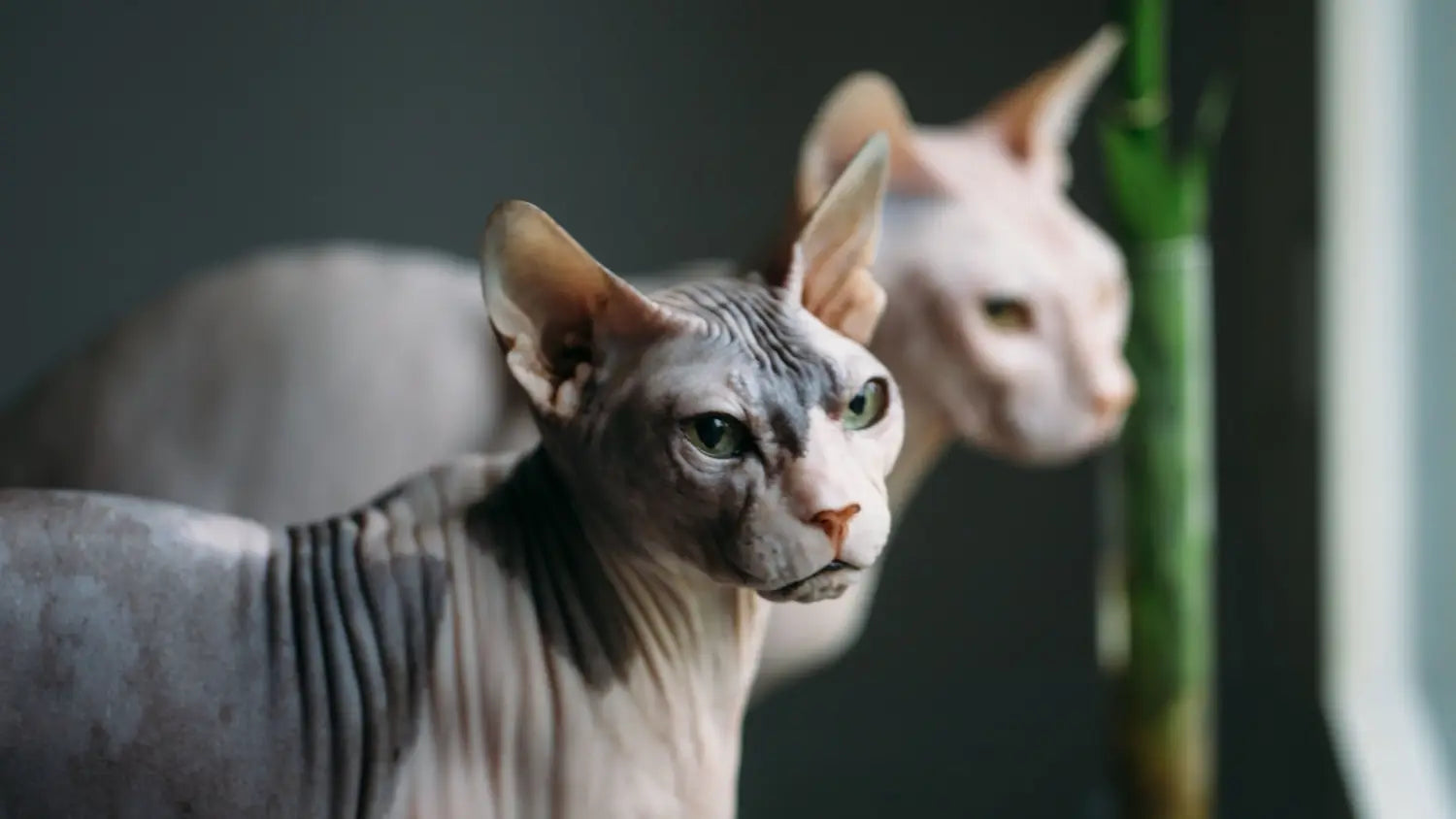
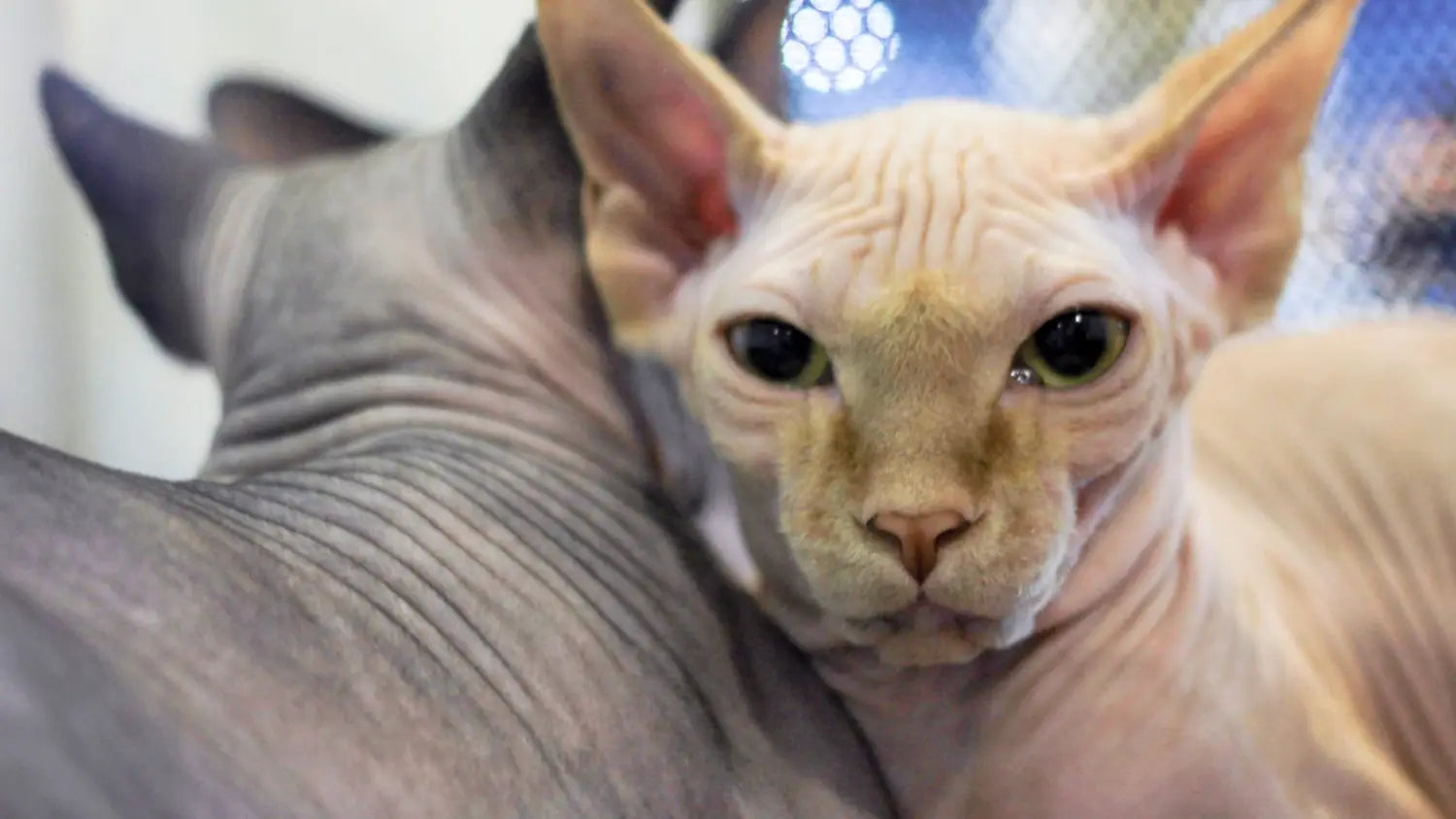
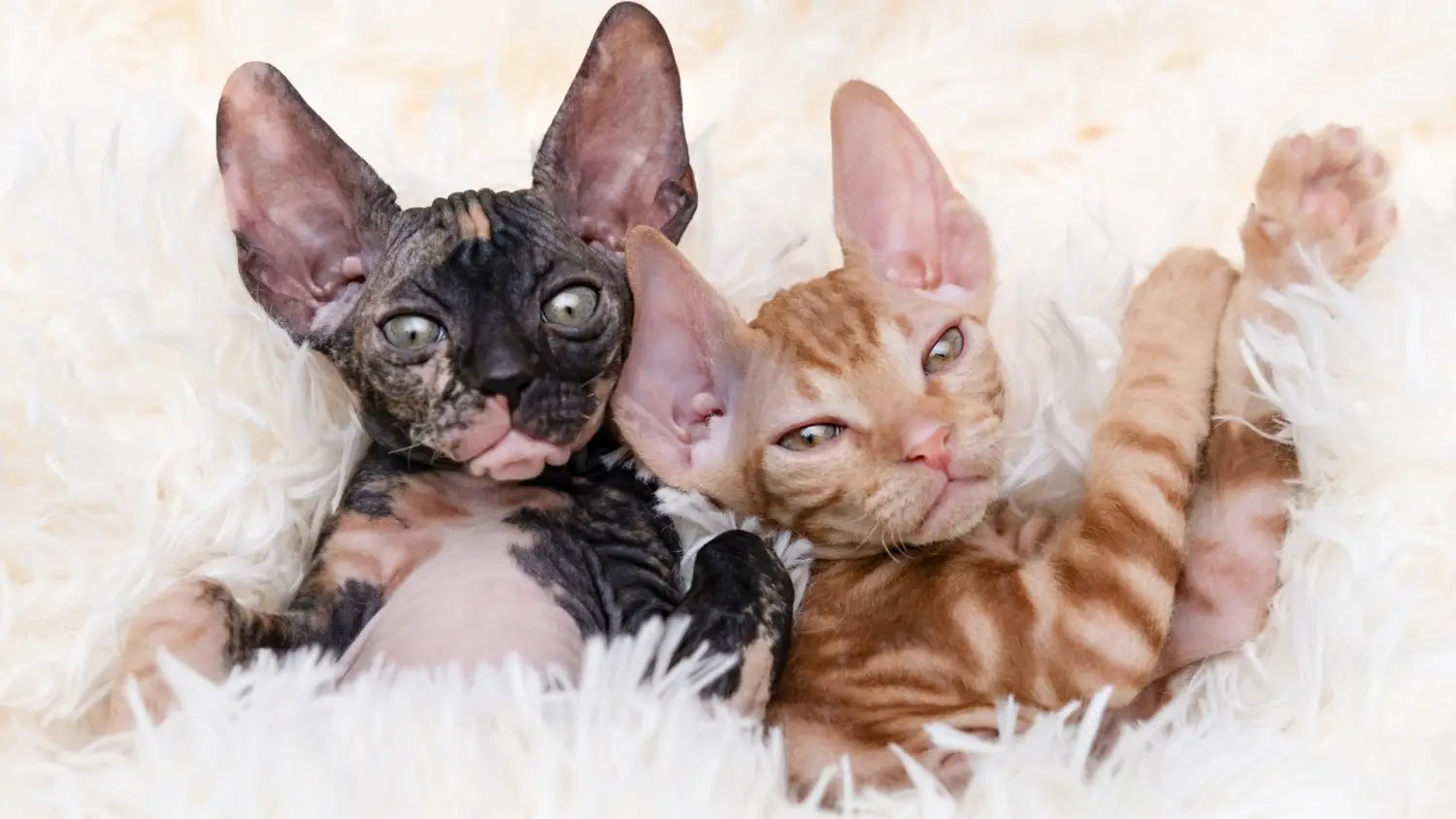


























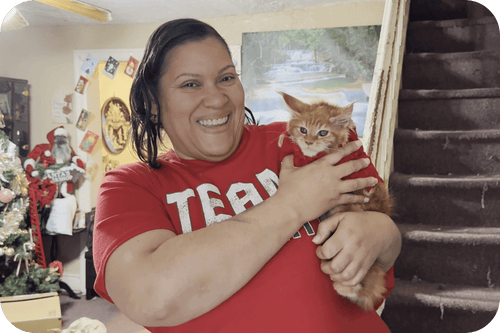







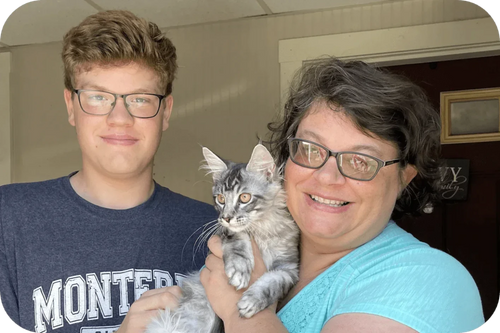

















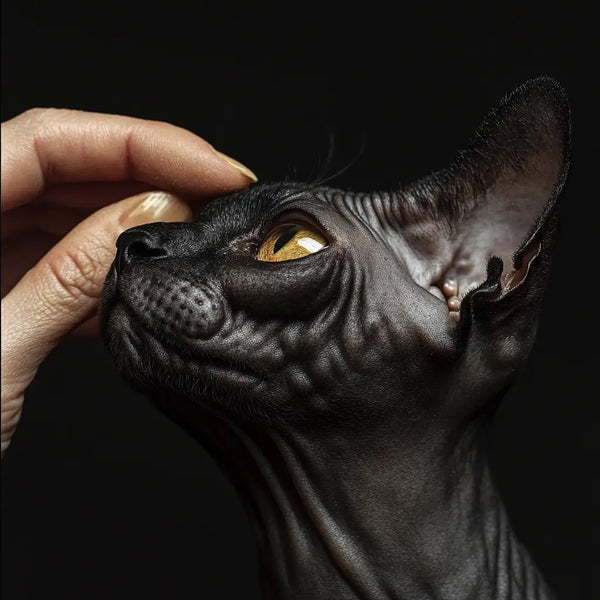

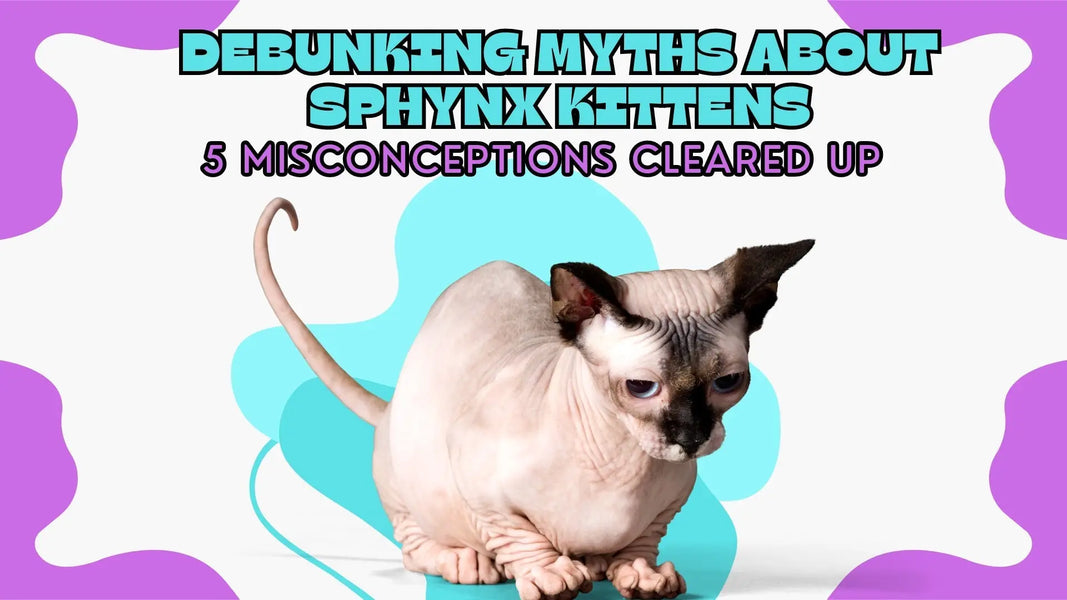





Comments(0)